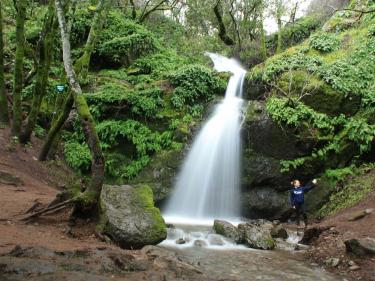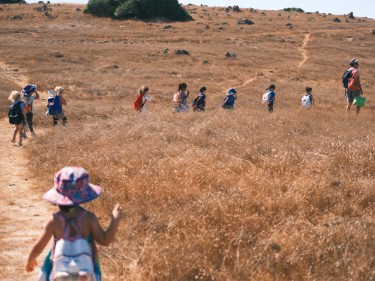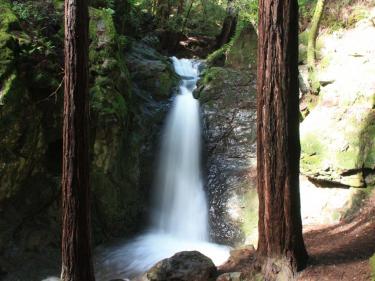Outdoor Safety for Families: Rattlesnake!
 Of all the creatures you can run into on the trails of Northern California, one that most people seem to be afraid of is the rattlesnake. While several different species of rattlesnake live in California, the variety we have here in the Bay Area is the Northern Pacific Rattlesnake (Crotalus oreganus oreganus). While chances are you'll never be bitten by one, it's important to know how best to avoid them and what to do if you are bitten. After all, we do live in snake country. I've never actually run into one while hiking, but I know plenty of people who have.
Of all the creatures you can run into on the trails of Northern California, one that most people seem to be afraid of is the rattlesnake. While several different species of rattlesnake live in California, the variety we have here in the Bay Area is the Northern Pacific Rattlesnake (Crotalus oreganus oreganus). While chances are you'll never be bitten by one, it's important to know how best to avoid them and what to do if you are bitten. After all, we do live in snake country. I've never actually run into one while hiking, but I know plenty of people who have.
Unfortunately, rattlesnakes are very common in the hills of Marin and the Bay Area, so it's quite possible you will meet one on a hike one day. There's actually been an increase in rattlesnake sightings in Marin recently, quite possibly due to the unseasonably wet weather and profusion of small animals that are the snake's normal prey.
Rattlesnakes are active during the warmer months from April through October, and are found mainly in underbrush and grassy or rocky areas. It's possible that you'll hear a rattlesnake before you see it—that rattle is a warning that means "back off." If you hear that rattle, back away slowly and leave the snake alone. Try not to surprise or startle a rattlesnake. Although threatened snakes often rattle, they can also strike without warning. Remember the old cliché "He's more afraid of you than you are afraid of him"? It's true, in this case.
Here are some tips on preventing unpleasant surprise encounters with rattlers:
- Children, and adults, for that matter, should never approach or try to handle any snake in the wild. Don't be afraid of every snake you see—you're more likely to run into a harmless (and ecologically beneficial) species like a gopher snake, king snake, or runner—but make sure you and your children have a healthy respective for these reptiles. Unless you are 100% sure what kind of snake it is, it's best to stay a safe distance away.
- Don't let small children run ahead on the trail. Because of their small body size, snakebites are far more serious for children than adults. And, if your kids are like mine, they usually aren't on the lookout for potential dangers like snakes.
- Stick to well-traveled trails, and wear thick-soled, ankle-high hiking boots. Avoid tall grass and underbrush—snakes often hide there during the day.
- Never put your hands or feet someplace you can't see. That means stepping on logs instead of over them, and being careful when climbing on rocks, over and through fences, and collecting firewood.
- Never handle a dead snake, it can still inject you with venom!
- And, of course, never hike alone. While your kids probably aren't going to do this, grownups need to heed this rule, as well. Always have a cell phone with you when hiking, too.
What do you do in the unlikely event that you or someone you're with is bitten by a rattlesnake? First off: stay calm and don't panic. I know it doesn't sound easy to do, but it's important, especially with children. Rattlesnake venom travels through the bloodstream, so getting panicky and increasing your heart rate circulates the poison that much faster.
Remember those snake-bit kits you used to see in the sporting goods store when you were a kid (I do, and they freaked me out a little)? They actually cause more problems than they solve, so they're worse than useless. So dos the cut-and-suck-out-the-poison method you see in movies and the use of a tourniquet. Keep the victim still and calm and get to a hospital or doctor as quickly as possible. Try to keep the bite area below heart level.
As usual, none of the above should substitute for the advice of a real medical or safety professional.
Here are some additional online resource on rattlesnakes and what to watch out for in snake country, and how to treat a snakebite:






